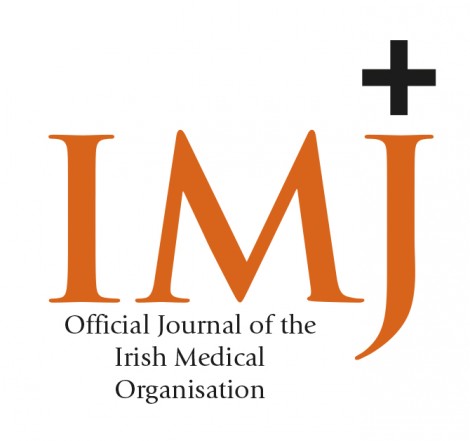A Paws for Thought: Paediatric Burn
Dear Sir,
We are writing regarding the recent case reported by local and national media; ‘Paw Patrol Soap Explodes’1,2. A young boy was under the care of our regional plastic surgery and burns team following cutaneous and airway burns. We would like to highlight a number of issues putting this child and potentially other children at risk of severe injuries. This is particularly relevant to emergency department staff, anaesthetists, paediatricians and plastic surgeons.
This three-year-old boy had his face painted and later was being bathed by his parents when the incident happened. Whilst playing with an empty aerosol can of mouldable foam soap he continued to shake the bottle and squeeze the release button hoping to discharge further foam. Worryingly, the empty can released a spark which ignited the surface layer of bath water, causing a flash burn to the child’s torso, face and airway. Subsequently, he was taken to the emergency department by his parents. He was estimated to have burns up to 20% of his body surface area. He also had evidence of an airway burn with singed nasal hairs, swollen lips and a hoarse voice. Impending airway compromise prompted intubation prior to transfer to the regional burns unit and paediatric intensive care (PICU). On arrival at the PICU, his airway was directly visualised and revealed oedema of his vocal cords. He was extubated four days after the burn injury and continues to have management of his cutaneous burns.
The aerosol soap can did not explode, however it discharged a spark causing a flame to ignite on the water surface. This soap can, like many other aerosol cans, contains; butane, isobutane and propane, all of which are highly flammable gases. For the top layer of bath water to ignite there must have been a flammable substance present. This was most likely an emulsion layer on the surface of the bath water. Although we do not know the exact ingredients of the face paint, we have to consider the possibility that this emulsion was from an oil based face paint. These seemingly innocent childhood activities led to a potentially lethal bath time combination.
Prompt diagnosis of inhalational injuries is critical in the acute management of burns. Intubation must always be considered if there are signs of inhalational injury or a risk of airway swelling. This is especially important when assessing patients that require timely transfer to the regional burns service3.
45% of patients with facial burns also have inhalational injuries. In airway injuries above the larynx maximum oedema can take up to 36 hours to develop after the initial burn injury4. Signs and symptoms to be aware of include; singed nasal hairs, burnt or swollen lips, voice changes, hoarse cough, stridor, hypoxia and ultimately respiratory obstruction5. The anatomy of the paediatric airway renders a child more susceptible to obstruction which must be considered in the emergency management of all paediatric burns.
This case highlights potential hazardous interactions of common childhood activities which can cause life threatening airway and cutaneous burns.
R Long, S Martin, CE Black.
Correspondence
Dr Rebekah Long
Email: [email protected]
References
1. Belfast Telegraph Digital [Internet]. Northern Ireland: Belfast Telegraph; 2017 (cited 2017 Oct 23). Boy fights for life after paw patrol foam soap explodes in bath. Available from: http://www.belfasttelegraph.co.uk/news/northern-ireland/boy-3-fights-for-life-after-paw-patrol-foam-soap-explodes-in-bath-36245416.html
2. Mail Online [Internet]. Dailymail online; 2017 (cited 2017 Oct 26). Three year old boy is rushed to hospital with burns to the outside and inside of his body after children’s paw patrol bath foam explodes. Available from: http://www.dailymail.co.uk/news/article-5001230/Toddler-rushed-hospital-Paw-Patrol-EXPLODES.html
3. Saffle J. American Burn Association Practice Guidelines for Burn Care. Journal of Burn Care and Rehabilitation 2001; 22: S23–26
4. The Education Committee of the Australian and New Zealand Burn Association Limited. Emergency Management of Severe Burns. 16th ed (UK). Albany Creek: Australia and New Zealand Burn Association Ltd; 2016. 30 p.
5. Trainor D, McClure J. Critical Care Management of inhalational injury and severe burns. Anaesthesia and Intensive Care Medicine. 2014; 15 (9): 415-419
(P700)
